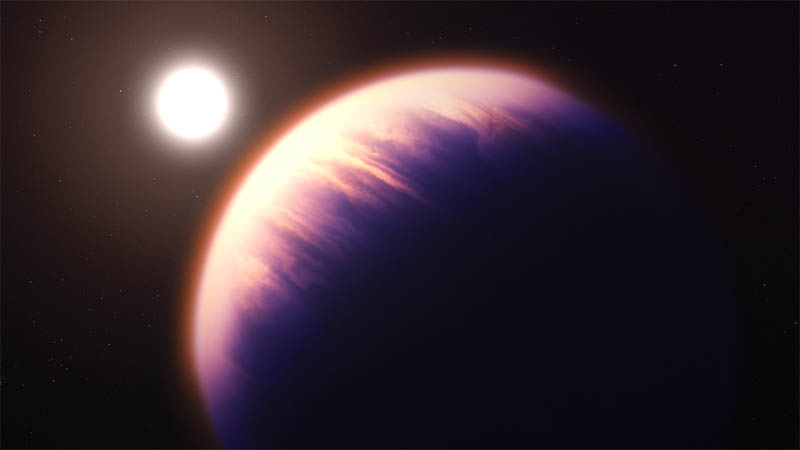NASA’s Webb Reveals an Exoplanet Atmosphere as Never Seen Before
NASA’s James Webb Space Telescope just scored another first: a molecular and chemical profile of a distant world’s skies.
While Webb and other space telescopes, including NASA’s Hubble and Spitzer, previously have revealed isolated ingredients of this broiling planet’s atmosphere, the new readings from Webb provide a full menu of atoms, molecules, and even signs of active chemistry and clouds.
The latest data also gives a hint of how these clouds might look up close: broken up rather than a single, uniform blanket over the planet.

The telescope’s array of highly sensitive instruments was trained on the atmosphere of WASP-39 b, a “hot Saturn” (a planet about as massive as Saturn but in an orbit tighter than Mercury) orbiting a star some 700 light-years away. […] Read more in the original article: NASA
🇵🇹 Versão portuguesa disponível aqui


Leave a Reply